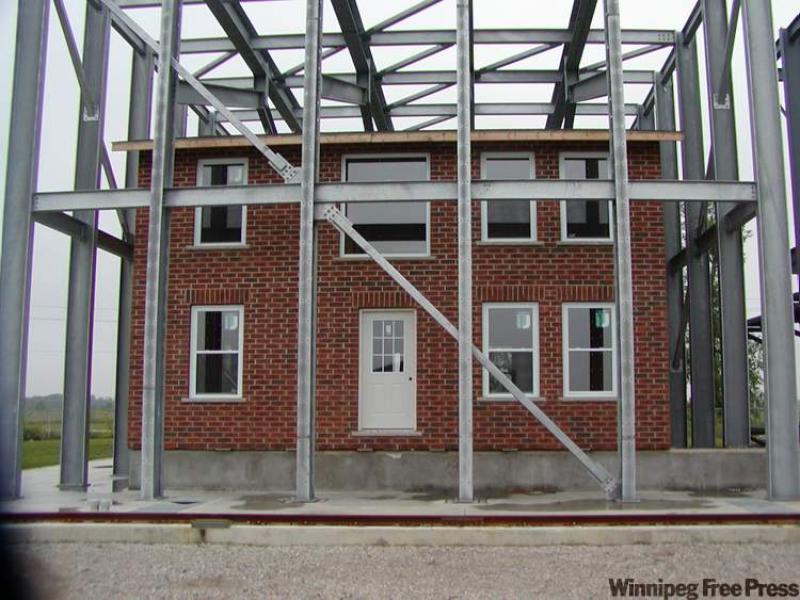THE East Coast is still cleaning up in the aftermath of Hurricane Irene, and probably will be for some time to come. The heavy rain from the storm and resulting flooding led to catastrophic situations for families.
Hurricanes are the most dramatic wind storms we see in North America -- a Category 5 storm has wind speed that exceeds 250 km/h. Irene was nowhere near a Category 5 when she hit, but that doesn't mean she didn't leave her mark. Even Category 1 or 2 storms, with winds under 180 km/h, leave a path of destruction in their wake.
Winds this strong can fling heavy tree limbs and building material right through house walls, let alone through unboarded windows. When a storm of this magnitude moves onto land from the ocean it can push sea water inland in crushing storm surges, destroying anything in its path.
The powerful wind in a hurricane blows in windows and doors, which allows rain and debris to enter your home. It also can carry projectiles that can damage your home or even kill people. You can imagine the destructive force of an object blown at 180 km/h.
We don't often think about wind and the damage it can create to our homes. Wind is incredibly destructive -- both in short intense bursts like a storm, or over a prolonged period where your home is exposed to constant, prevailing winds.
My favourite bedtime story when I was a kid was The Three Little Pigs. I loved how the pigs first built a house out of straw, then sticks, then finally bricks, hoping the bricks would once and for all prevent the big bad wolf from blowing their house down.
That story stuck with me. Wind is destructive and powerful, so we need to make sure we build our houses to withstand its force.
Building homes so they are safer and more resilient to wind damage is important work. Your home is meant to protect you against the elements by providing shelter. When the elements are extreme the stakes are that much higher.
Typically, extreme storm winds will damage roofs by either tearing off shingles or driving objects through the sheathing. They can also lift the entire roof structure right off the house, if the wind is strong enough and the structure just can't stand up to it. Roofing, even at minimum code, needs to be wind- and impact -esistant, meaning it won't tear off or lift off, and flying debris won't penetrate it.
At the University of Western Ontario, there are three labs devoted to the study of wind engineering, built with the goal of researching safer home-building. They have a wind tunnel that is used in research on the impact of surface winds on all kinds of structures, from commercial buildings to bridges to houses.
They're also building the world's first hexagonal wind tunnel -- the WindEEE Dome -- that will allow researchers to replicate full-scale tornadoes and wind gusts to see what the effect is on structures. This will provide invaluable data for architects, builders and anyone interested in building houses that will withstand extreme weather. They've also got a lab at the grounds of the local London airport they call the Three Little Pigs lab. (You've gotta love that.) This lab lets them replicate the effects of hurricane-force winds on a full-sized brick home.
The information and data provided by such tests will be available to homebuilders, architects and engineers, as well as to government bodies and whoever writes building codes.
-- Postmedia News
Catch Mike in his new series, Holmes Inspection, airing Thursdays at 10 p.m. ET/PT on HGTV. For more information, visit www.hgtv.ca.For more information on home renovations, visitmakeitright.ca




